You either love the Gothic architecture or you hate it -
whatever you choose, it IS a magnificent building!
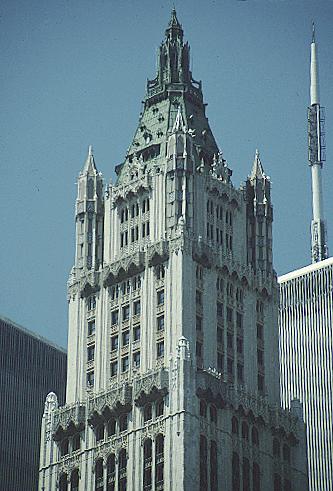
The Woolworth Building
233 Broadway, New York City
The Woolworth Building, completed in 1913, stands at a height of 792 feet, 1 inch. Conceived by Frank W. Woolworth, designed by Cass Gilbert and engineered by Gunvald Aus, it was designed and built to be the tallest building in the world.
Early in 1910, F.W. Woolworth decided to erect a building on the southwest corner of Broadway and Park Place. However, it was not the original concept that the building be of such relatively enormous proportions as the Woolworth Building was to become. In November, 1910, the building was projected to be 45 stories, or 625 feet, plus a tower of 86 square feet. Its projected cost was $5 million.
F.W. Woolworth would acquire the surrounding lots in the following months, and the building was to become the length of the entire block front. After the caissons were sunk, Woolworth decided that the current plans for the height of the building (already at 750 feet, making it the would-be tallest building) were too meager, and incresed the planned height. Additional caissons were sunk and provisions were made for the change in the height.
The final cost of the building would be $13.5 million, and while it would have 58 stories, its stories are so large (11-20 ft.) that the building is actually considered to be 79 or 80 conventional stories.
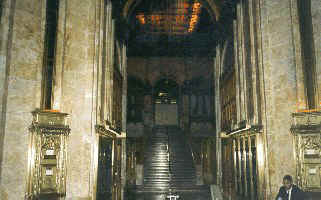
The express elevator bank and the lobby/arcade
The architect, Cass Gilbert, designed The Woolworth Building with a definite Gothic style. The building's heavy steel frame is well hidden by its Gothic-style and heavily detailed terra cotta shell. The lobby/arcade has a cruciform floor plan, vaulted ceilings and Gothic-style ornamentation. The lobby ceiling is laid with colored glass in Byzantine/Early Christian mosaic style. The marble and bronze around the mailboxes, elevators and doors are in gothic design. The lobby halls include a set of humorous gargoyles depicting the key people in the building's construction. There are murals on either end of the lobby's north-south hallway at the mezzanine level, depicting Labor and Commerce, respectively. The building has arched entryways, also ornamented beautifully. These features and the Gothic tower and exterior design truly make the Woolworth Building worthy of the title Cathedral of Commerce, given by Rev. S. Parkes Cadman at the building's opening. Gilbert resents the label, however claiming that the models used in his design were purely secular structures, and that the Woolworth Building was meant in no way to be religious.
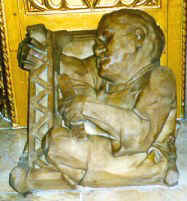
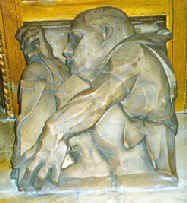
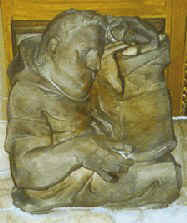
(from L-R) Gunvald Aus (engineer), Lewis Pierson (president of Irving Bank), Edward J. Hogan (rental agent)
The Woolworth Building is truly an engineering marvel as well. The building boasted the highest office space to elevator space ratio for any building at the time of its completion, making it very profitable. It also had a new system for elevator safety which contained air cushions on the bottom of the shafts. The elevators traveled as fast as 700 feet per minute. The maintenance and mechanical equipment was housed in a unique manner, in order to gain the most possible useable space. The height of the building alone required state-of-the-art engineering. The caissons had to be sunk to enormous depths in order to reach bedrock, needed for the stability of such an enormous structure.
The culmination of the building's design and construction occured on April 24, 1913, when President Woodrow Wilson pressed a button in the White House, illuminating both the interior and exterior of the Woolworth Building. The building was built to be a great structure as a testament to both the Woolworth Corporation and urban American architecture. F.W. Woolworth intended his building to be dominating and graceful, the best advertisement possible for his company. The Woolworth Building is truly a masterpiece, in all respects.See more amazing pictures:
The Woolworth Building also has a connection with Fordham University. Before the Lincoln Center Campus was built, the University conducted School of Education and Graduate Arts and Sciences courses in space within the Building.
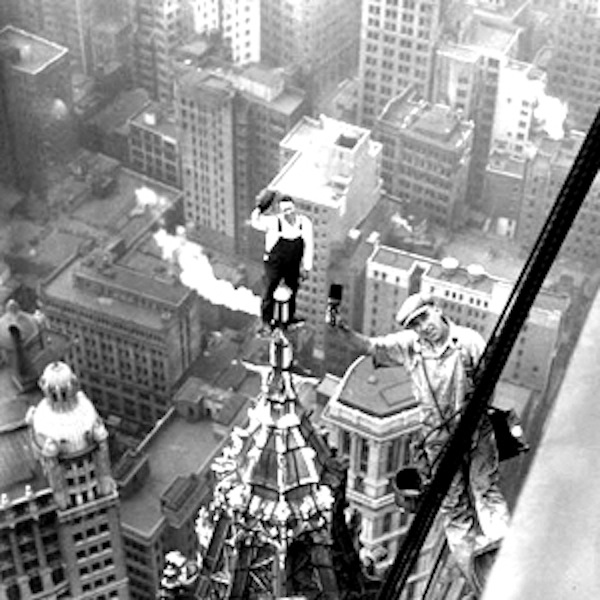
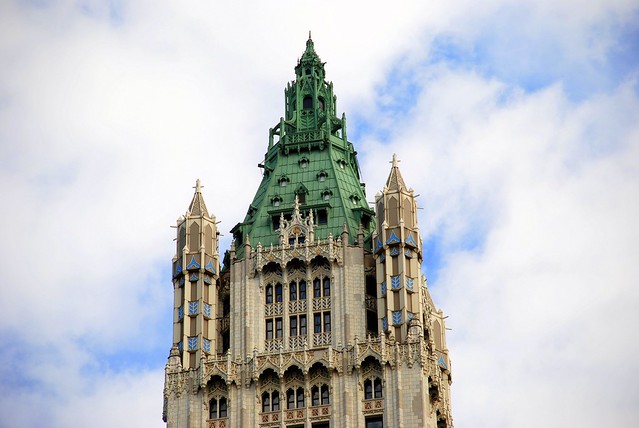


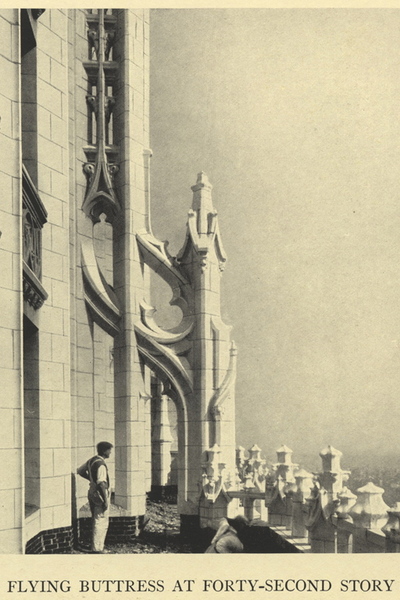 |
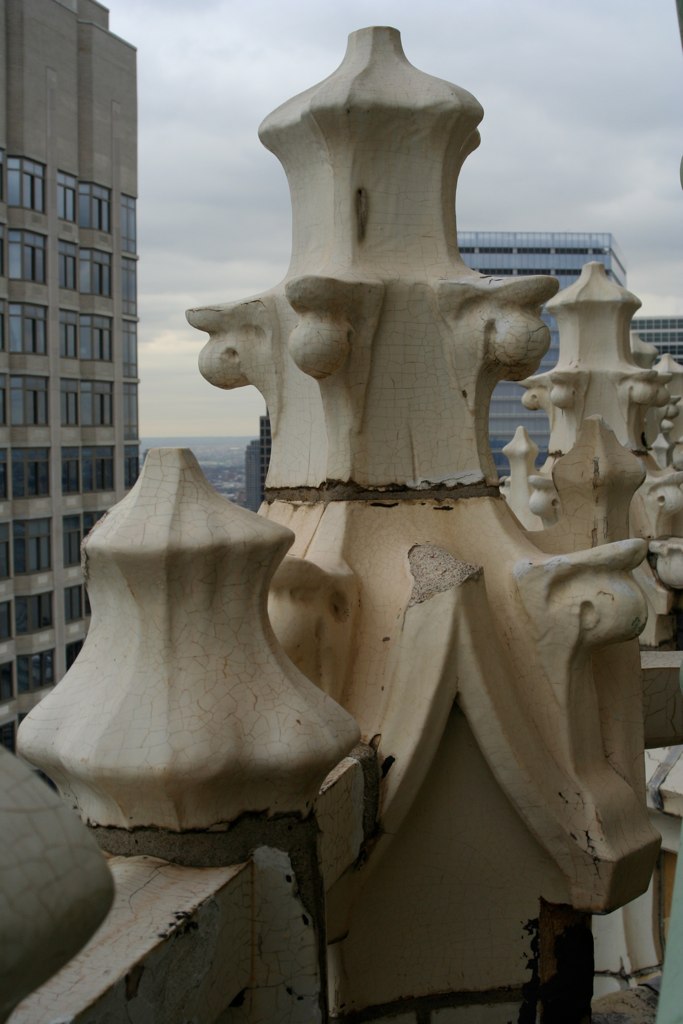 |
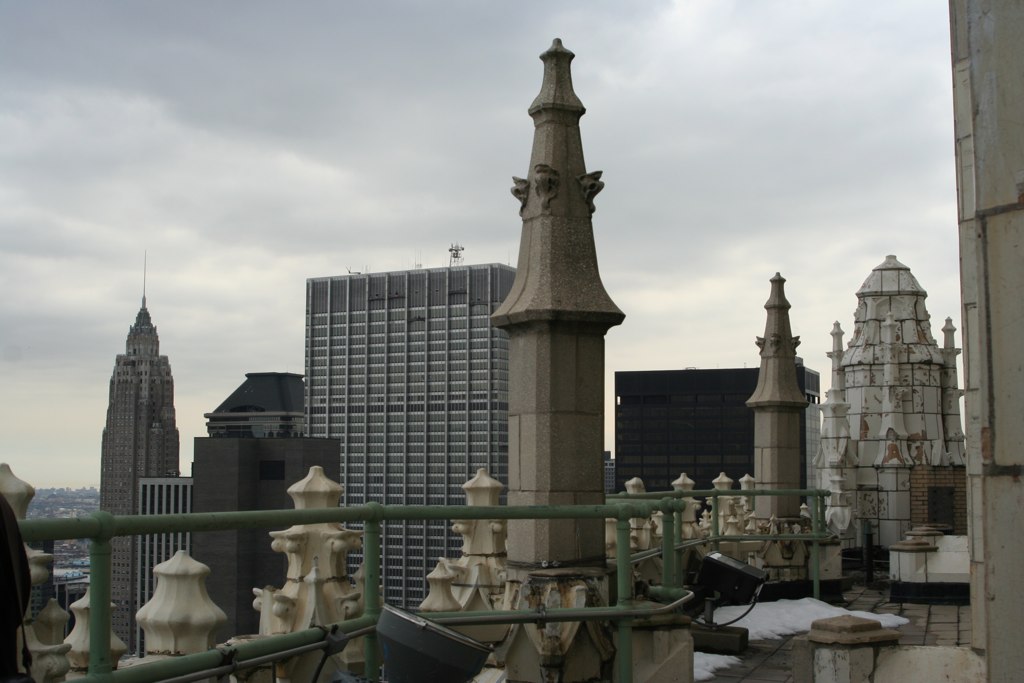 |
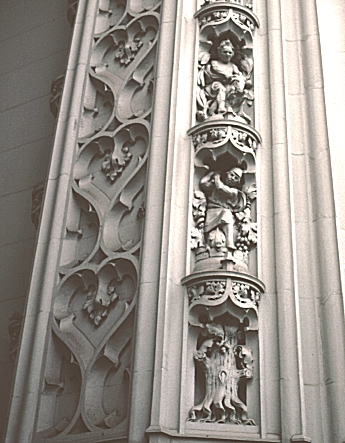 |
 |
 |
Neat!
ReplyDeleteI thought so too, Gorges! Wouldn't it be great to be able to spend a week there and just explore - wonder what marvelous secrets that building still holds?
Delete